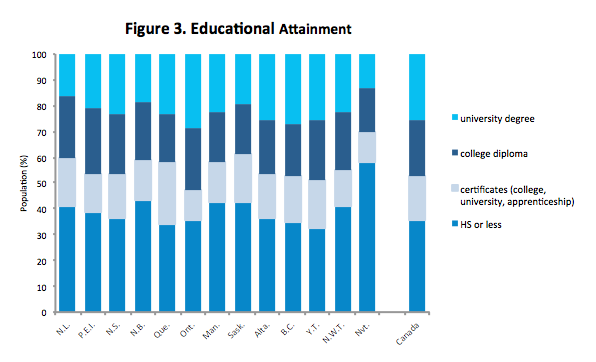Toronto (March 31, 2014) – A new report from People for Education shows that nearly every school in the province is “wired” and the vast majority of students start using computers in kindergarten.
But the report raises concerns about a lack of provincial policy to ensure that teachers have the training they need to use technology effectively and to ensure that all students are being provided with high quality learning resources.








